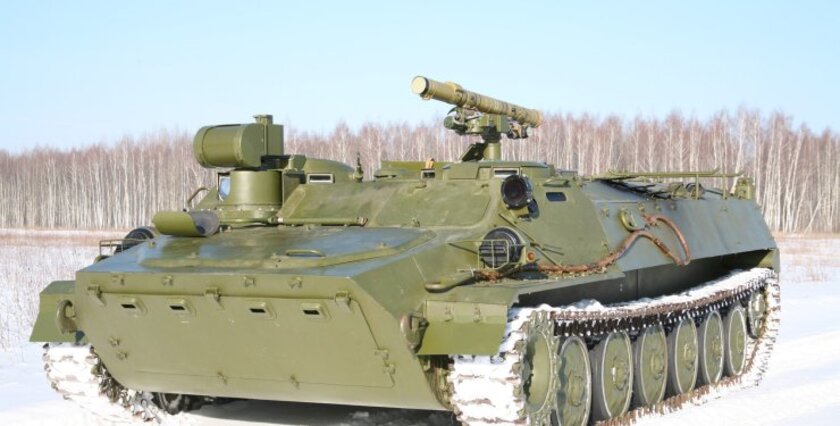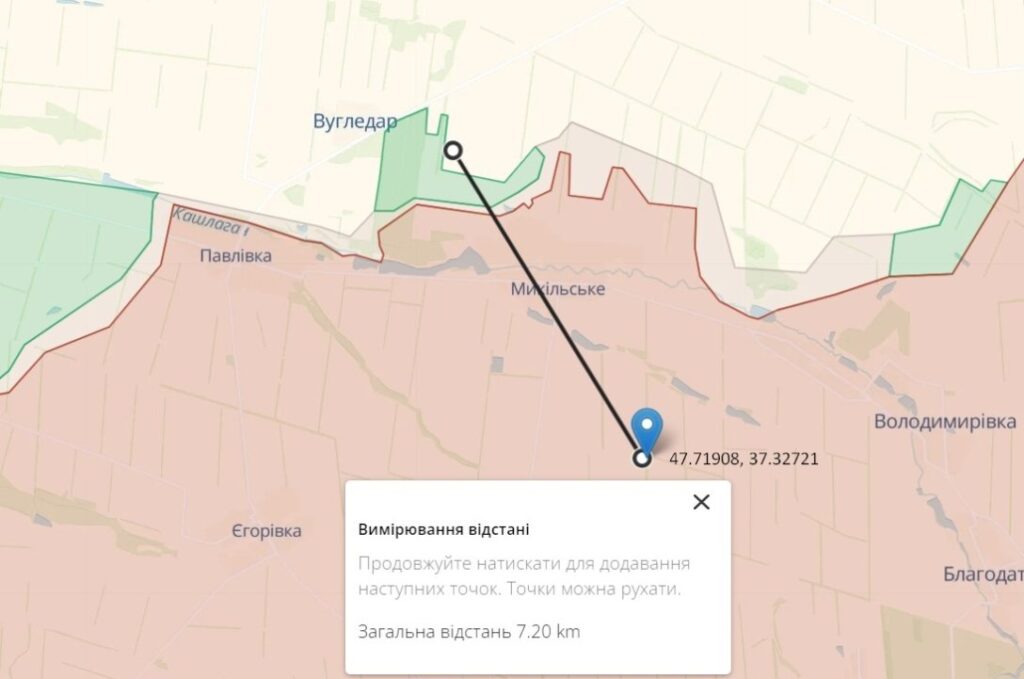
Ukrainian soldiers use FPV drone to capture a rare “Sturm-SM” ATGM of the occupiers near Vuhledar (video)
Soldiers of the 72nd Brigade of the Black Zaporozhians tracked down a Russian-made Sturm-SM ATGM that was standing in the middle of the road near Vuhledar in Donetsk region. After that, the location of the Russian installation, which could have harmed Ukrainian armored vehicles, was struck by an FPV drone.
Sternenko noted that the strike was carried out by one of the drones for which Ukrainians had raised money. In the video posted by the volunteer, one can see a Russian Federation Sturm-SM ATGM standing under a tree at a crossroads of marshy roads. A moment later, an FPV drone hits him, and for a few seconds, the audience “sees” the flight through his “eyes.” Then the reconnaissance UAV shows the moment of the explosion and the aftermath in excellent quality – the installation was completely destroyed.
Destruction of a rare ATGM “Sturm-SM” based on MT-LB with detonation💥
Black Zaporozhians of the 72nd Brigade effectively and efficiently hit the vehicle with one of your drones, completely destroying it.
A permanent jar for drones https://t.co/4hOw4MpOg5
Приват 5168745030910761
PayPal -… pic.twitter.com/xsnVKYVpDR— Serhii Sternenko ✙ (@sternenko) December 22, 2023
OSINT investigators from the CyberFlour group established the exact coordinates of the point where the Ukrainians struck – 47.719080, 37.327219. The point is located south of the village of Mykilske near Vuhledar. The approximate distance to possible positions of the Ukrainian Armed Forces is about 7 km.

The investigators also pointed out that the Sturm-SM ATGM on the MT-LB chassis is a rather rare trophy in the Russian-Ukrainian war.
“Sturm-SM” – anti-tank missile system, armed with various types of missiles to destroy armored vehicles at a distance of 400 meters to 5 km. The device can also hit airborne targets, such as helicopters at an altitude of up to 3 km. On Russian portals, you can find information about the active participation of the ATGM in the Russian invasion of Ukraine. In particular, the Russians boast that they used them in the spring of 2022 during hostilities in the Kharkiv region.

